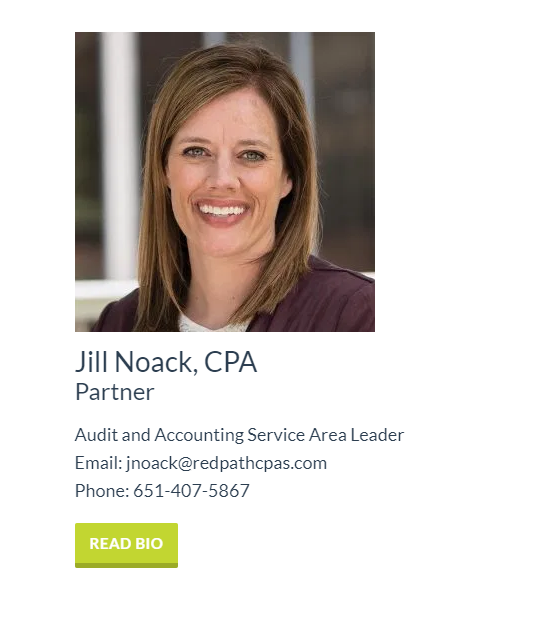SEO Guides, Tips & More!
Learn from Our Experience
It’s the Point of Contact
Many professional firm websites are specifically built to demonstrate the organization’s knowledge, skill, and experience with a specific service or in an industry. Since these companies sell their expertise and not a product, the manner in which confidence is built and trust earned is quite different than a product-based website. After all, what website one purchases their gym shoes from is more often based on price, option availability or shipping dates, than how long the specific company has been in business. However, with professional services, it’s the converse. The amount of technical training, staff experience, industry knowledge, credentials and formal education around the offered service are actually quite important. That’s why so many law, accounting, and engineering firms invest marketing resources in building a site that creates trust and inspires confidence with detailed bios about key leaders, past project experience and a bevy of thought leadership including blogs, videos and even podcasts. They understand the function of the website is to get the prospect comfortable with the organization and to the point of contact.
It’s this point where more and more marketing teams are leaving their value on the table and not becoming actively involved in lead documentation, support, and management. The way many sites are designed results in marketing being taken out of the equation and lose the ability to manage the firm’s most potent and prominent marketing tool – the website.
Essential Examples
Below is a list of areas where many marketers “miss out” on the opportunity to stay involved in the lead management process.
- Professional Bios – It’s expected that key members of a firm’s leadership and service team will have biographical information available. Information such as subject specialty, years of experience, level of education (including alma mater), professional and community association involvement. They may even offer personal insights such as what they like to do on the weekend. There is one other piece of information that is also offered – the email address. While expected, it’s important for the marketing team to have a mechanism in place to ensure they are cc’d when someone contacts a partner, manager or another person through the website. (Brian are you really that nosey?) No, the reason for the duplication is that it permits marketing to document and track when a new lead and allows for redirection should the emailed professional be assigned to a job, out of the office or simply unable to respond in a timely manner. Obviously, the reason that a generic email address is cc’d is that it’s essential to have 100% transparency with the sender that more than one party has viewed the request.

- Contact Forms – These are obvious parts of most websites and a necessary way for customers and prospects to contact the organization. The challenge is that marketers often don’t think creatively about what questions to ask. We advise *always* asking about the source of the lead. It’s amazing when a great lead comes to the firm and they self-identify as being from a search engine or social media. Below is an example of a website that has a contact form with these types of questions built into it. As you can see from the example below, the How Did You Find Us? is not a required field for this firm, it does create the opportunity for prospects to self-identify. Making such options available vastly increases the value of the form because it gives more information about the source of the lead.

- Blog Posts – Another area where opportunity is often missed is when a firm does not place a contact form on blog post pages or other types of thought leadership. Remember that as the SEO work takes hold it’s more than likely that a site visitor may come to the site and the only page they see is the blog post. If the blog directly answers a question or addresses a topic of interest to the prospect, then it will be returned in the Google search engine results page (SERP). Once a site visitor is on the post, make it easy for them to reach out for assistance. The last thing you want to do is make them have to “hunt and peck” to figure out where to go to contact the firm. Concurrently, it’s in marketing’s best interest for the prospect to use the form because it’s trackable and will permit the follow-up process to be executed.
What’s the Strategy?
All of these points are useful, but dance around an issue that many don’t consider when building their site. What’s the strategy? There are literally dozens of calls to action that can be implemented on a page from newsletter signup to contact us for help with your issue.
Below is an example of a call to action that is well done from the Klatzkin.com website. I especially like how it speaks to the options the prospect has when connecting with this firm.

The point about strategy is that while it’s important to have the “know-how” to manage the leads that come in through the site, the marketing team also needs to know when and where they are going to use different calls to action to engage prospects. Remember, not everyone is ready to purchase today so the more creative and thoughtful you can be the better.
The other piece of advice I want to share is to take it slow. Experiment. It may take some time before you learn what works best for you and the targeted audience.
How’d we do?
Tell us in the comments section below about your process and experience. What has worked? What has not worked? What advice would you offer to other CPA, legal and professional service marketers?

